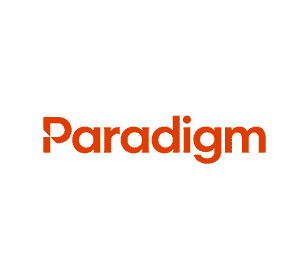Employers Think Non-Genuine Days Higher Than Reality
Taking a fake “sickie” is well-known as a great Australian tradition but research shows the problem in 2012 may be more of an office myth. A study shows that bosses think non-genuine sick days account for up to 25 percent of absenteeism, when they actually account for less than 15 percent.
The research from Direct Health Solutions – an absence management firm – found sick days cost the economy about $28 billion a year and CEO Paul Dundon said bosses found this easy to blame on workers.
“They’re focused too much on the odd case of a ‘sickie’ and not on the genuine factors absence,” Dundon said. The 2012 Absence Management Survey found that businesses believed the most common reason workers took days off was for unexpected illness. But the second most common reason cited by business was that employees viewed their paid sick days as an entitlement.
Workplaces Have Absenteeism Culture
DHS said some workplaces have an “absenteeism culture” where a certain level of absence is tolerated – typically the paid entitlement level. The study also found absenteeism was higher in large organizations with more than 1000 employees.
“It becomes more complex to manage the bigger a business becomes, and it’s easier to fly under the radar and when that happens it kind of develops a culture of absenteeism,” Dundon said.
Absence levels were also 21 percent higher in unionized environments, and 20 percent higher in the public sector.
Proper Systems Not In Place to Manage
“[In the public sector] they’ve got more entitlements, and they don’t have proper systems in place to manage it,” Dundon noted. “[Unions] make it more challenging to manage – they see it as a right or entitlement that shouldn’t be managed or addressed. Managers often avoid the issue because it’s too hard or they’re too fearful.”
Telecommunications Highest, IT Workers Lowest
The telecommunications and utilities industry had the highest number of days lost at 13.1, followed by travel, tourism and hospitality at 13 and outsources service providers at 11.1.
IT workers had the lowest number of sick days at 4.6, followed by retail workers at 6.5 and manufacturing and production and 6.5. Dundon added industries that required workers to deal directly with customers had higher numbers of sick days.
“There’s a lot to do with workplace flexibility – people in IT can bring their work home,” he said.
According to Dundon, the retail figure was disproportionately low because the industry had a high level of casual labor and did not track sick leave well. And manufacturing and production had a big drop in absence levels from 2011, down from 8.5 days to 6.5.
“There is a lot of risk and insecurity in that industry at the moment,” Dundon said. The study also found that half of employers think it is easy for workers to obtain a medical certificate even when they are not sick.
As Dundon noted, there are more effective ways to manage sick days, including conducting return to work interviews after every absence and centralizing a company’s record of days off.
Number of sick days per year by industry sector:
Telecommunications & Utilities – 13.1 days
Travel, Tourism, Hospitality – 13.0 days
Outsourced Service Provider – 11.1 days
Public Services/Government – 10.3 days
Banking, Finance & Insurance – 9.1 days
Construction – 8.5 days
Transport & Logistics – 8.1 days
Healthcare – 8.0 days
Non Profit – 7.6 days
Media – 7.0 days
Manufacturing & Production – 6.5 days
Retail – 6.5 days
Information Technology – 4.6 days
Author Michael B. Stack, CPA, Director of Operations, Amaxx Risk Solutions, Inc. is an expert in employer communication systems and part of the Amaxx team helping companies reduce their worker’s compensation costs by 20% to 50%. He is a writer, speaker, and website publisher. www.reduceyourworkerscomp.com. Contact: mstack@reduceyourworkerscomp.com.
WORKERS COMP MANAGEMENT MANUAL: www.WCManual.com
Do not use this information without independent verification. All state laws vary. You should consult with your insurance broker or agent about workers comp issues.
©2012 Amaxx Risk Solutions, Inc. All rights reserved under International Copyright Law. If you would like permission to reprint this material, contact us at: Info@ReduceYourWorkersComp.com.











